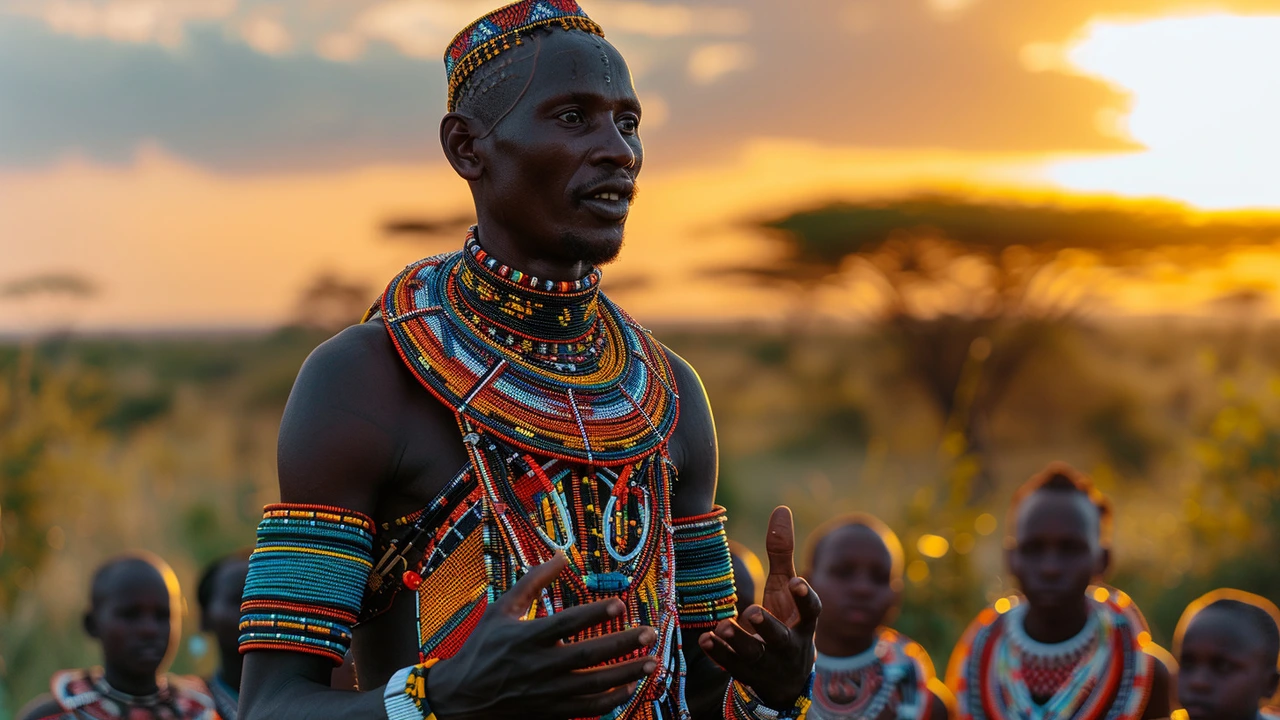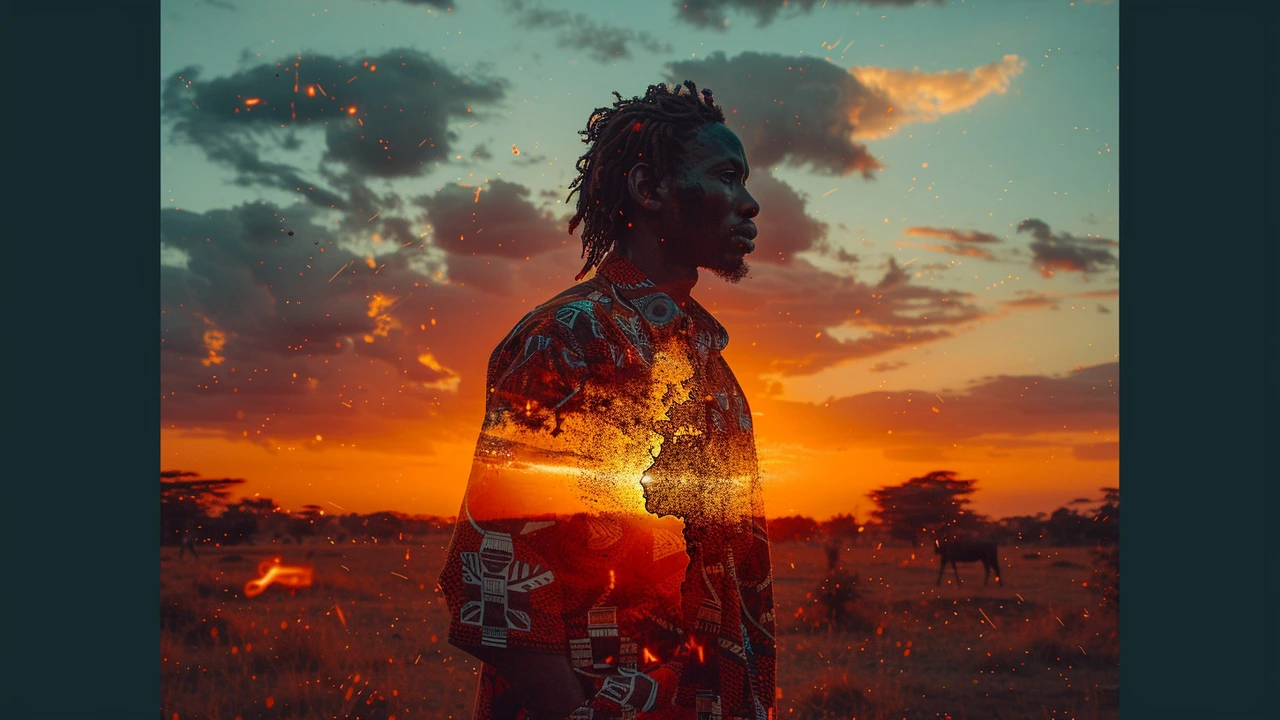Rungu: A Symbol of Leadership in African Tribes
 Sep, 8 2023
Sep, 8 2023
Unveiling Rungu: More Than Just A Club
Picture in your mind a sleek, polished club, with a bulbous end that adds weight and authority: you would have the iconic Rungu of the African tribes. Today, let's take a fascinating dive into the unique world of this ceremonial weapon, which holds deep cultural significance in various African tribes. It's not just a wooden baton, it's a symbol of leadership, decision-making, and authority.
Before owning a colourful parrot, I used to live in Africa, working as a tour guide. This gave me a first-hand look at local tribes and their mesmerizing customs. My experiences still serve as a font of wisdom and fascinating cultural insight, even more enthralling than Pablo's optimistic squawkings this cool Melbourne morning!
Rungu's Origins: Tracing Its Grassroots
Rungu, also known as a "knobkierie," traces its roots to the tribes of Eastern Africa such as the Maasai and Kikuyu. While used primarily as a symbol of authority, it's also a weapon of defence and an instrument for activities such as herding cattle. Strolling through bustling markets in Tanzania, I remember my surprise at seeing these beautifully crafted pieces of art held with such reverence.
The Craftsmanship: More Than a Piece of Wood
Rungu is traditionally made from hardwood, carved manually with painstaking precision. These clubs are then polished, varnished, and decorated with intricate patterns that reflect the tribe's unique identity. Encountering artisans who craft these ceremonial clubs was an experience of a lifetime. Their eyes sparkled with joy while their hands, caressing the wood, breathed life into the process, creating an object that's not a mere club, but a part of their enduring culture.
Fierce in Battle, Gentle With Livestock: The Dual Role of Rungu
While it would be a mistake to assume the Rungu is a tool of violence, it indeed played a significant role in traditional African warfare. Its weight and size made it an effective throwing weapon, capable of stunning or even killing enemies. But just as easily as it could silence an adversary in battle, it would gently guide the tribe's precious cattle, showcasing a beautiful balance of power and subtlety.
Symbol of Authority and Decision Making
Where the Rungu truly shines is as an emblem of authority and leadership. Tribal chiefs, elders, even warriors held this weapon to convey their power and command. When gatherings or councils took place, the Rungu was present, emanating a silent signal of respect and importance, making decisions and discussions more impactful. Sort of like when Pablo knowingly cocks his head at me when I consider having that extra piece of chocolate.
Transferring Leadership Through Rungu: An Unbroken Tradition
The act of transferring the Rungu is significant within tribes. This deeply rooted tradition is like passing on the baton of leadership and authority. In reality, it is an endorsement of the capabilities and qualifications of the successor. Again, similar to how Pablo quickly knew the ropes when I first got him and instantly claimed his spot in the house as the reigning 'parrot-in-chief'.
The Modern Migration: From Tribal Ceremonies to Sports!
The story of the Rungu doesn't end in the tribal plains of Africa. Its shape and weight made it an ideal tool for strength and endurance training. Javelin throwers often use Rungu for practice before graduating to the real thing. Perhaps Pablo might fancy a go at it with the old cinnamon stick? Then again, it might be safer to leave the Rungu swinging to the professionals!
Despite the advancing world, the humble Rungu continues to thrive in its traditional, ceremonial role, bridging the gap between the past and the present. Like the wise tribal leaders who wielded it, the Rungu stands as a proud icon of Africa's rich cultural tapestry. The next time you see one, remember that it's more than just a club – it's a story of leadership and legacy crafted in hardwood, polished with skill, and carried forward with pride.





